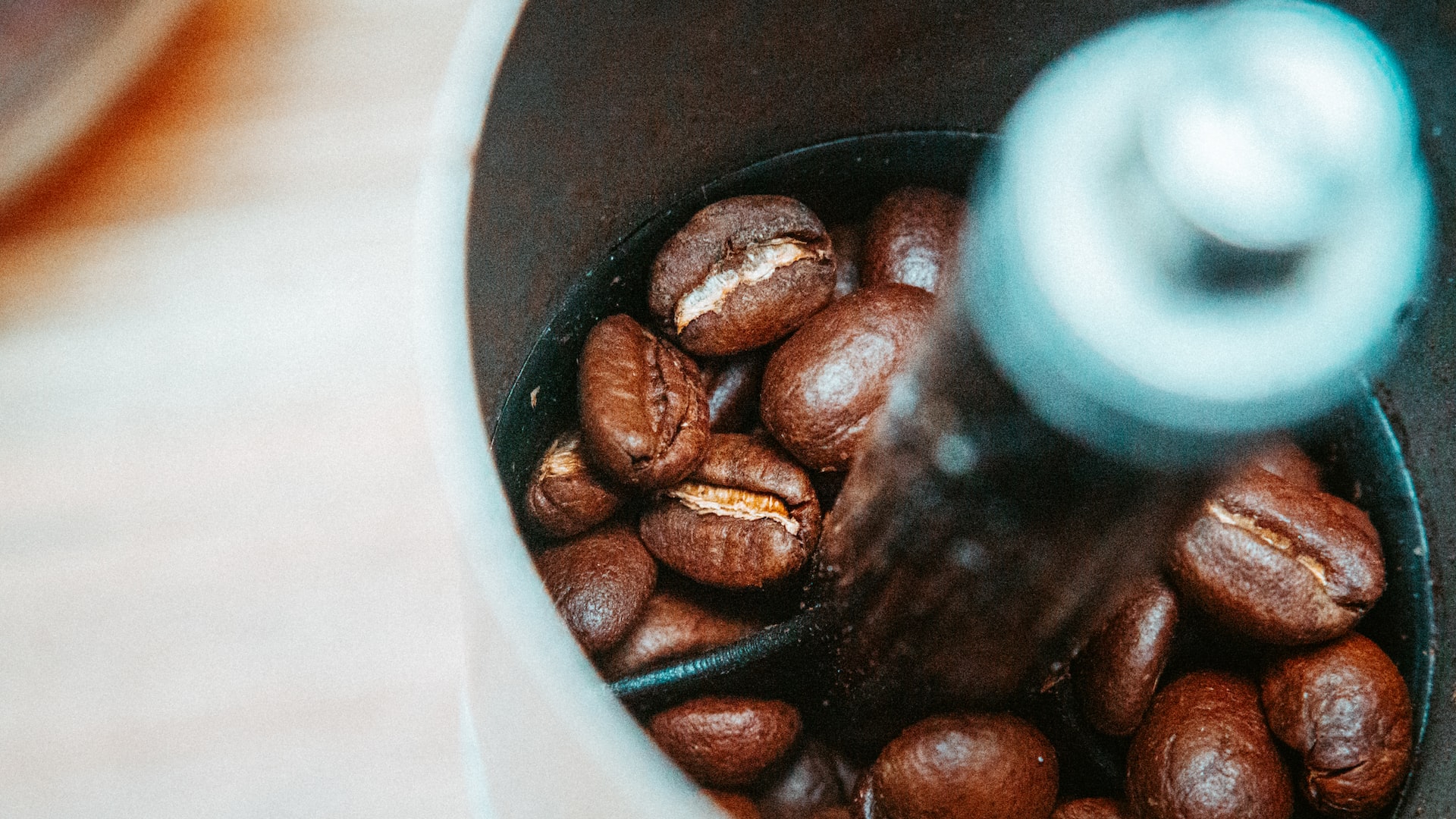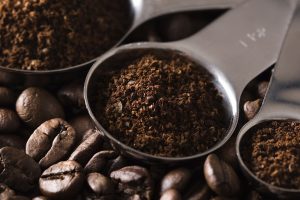
How to Grind Your Way to More Flavorful Coffee?
Table of Contents
- The Importance of Grinding Coffee Beans at Home
- The Importance of Coffee Grind Size
- Tips for Grinding Coffee Beans
- Tip #1: Use Fresh Beans
- Tip #2: Store your Coffee Beans the Right Way
- Tip #3: Go for a Low-cost Hand Grinder if you are Getting Started
- Tip #4: Opt for a Burr Grinder for Efficient Beans Grinding
- Conclusion
How to Grind Your Way to More Flavorful Coffee?
- Mo Bent
- 01-09-2022
- 29-07-2025
- 1309 views
- Featured Articles, How To's, Information

For most people, their morning cup of coffee is the most important part of their day. Many people even claim that they can’t start the day without it. I have discussed why you should be grinding your own coffee, but what grind size is best for you?
There are a lot of different factors you’ll want to consider before deciding which grind size best fits your taste in coffee and personal preferences. Let’s get started with this short guide on how to perfectly grind your coffee.
The Importance of Grinding Coffee Beans at Home
Grinding your own beans can be a very rewarding process. You’ll know exactly where your beans came from and how long they’ve been sitting around before you use them. Plus, you’ll have a better idea of how long you should steep them for optimal flavor extraction — which I’ll get into later in this article.
The Importance of Coffee Grind Size

When making coffee, the size of the grind you use can make a big difference in the final product. At home, most people use espresso machines to get strong coffee quickly; therefore, the grind should be quite fine.
The French press method of brewing coffee requires a grind size that’s quite coarse. You’ll have to steep the coffee grounds in water for several minutes before filtering out the brewed coffee through a mesh filter.
If you buy your coffee pre-ground and don’t have a grinder at home, pay attention to the grind size of the beans. Most store-bought pre-ground coffee is ground to a consistency suitable for a drip-style coffee maker that uses a filter—but it’s not the same as using freshly ground beans.
If you use a commercial coffee maker, this all-purpose grind will be perfect. If you are making French press or stovetop espresso, opting for a coarser grind will improve the outcome.
Tips for Grinding Coffee Beans
Tip #1: Use Fresh Beans
Freshly roasted beans have more flavor than older ones and will produce a better-tasting cup of coffee than stale ones will ever yield. Try using freshly ground beans every time you make coffee, if possible.
If this isn’t feasible, make sure that any beans you buy are as fresh as possible and store them properly, so they stay fresh longer before brewing them up into a delicious cup of Joe!
Tip #2: Store your Coffee Beans the Right Way
Once you’ve figured out how finely to grind your coffee beans, it’s time to store them, so they don’t go stale before you use all of them up. As the coffee beans interact with the air, they undergo a chemical reaction called oxidation, which makes them stale or even rancid.
Coffee left out for too long loses its aroma and tastes bitter, which is why many black coffee drinkers won’t appreciate it.
When you buy freshly roasted ground coffee, the flavor can diminish in as little as two weeks if it’s not stored properly. Fortunately, there are ways to preserve its taste and aroma for longer periods of time.
Sealable plastic and glass containers are the best way to store coffee, especially pre-ground coffee, which will remain fresh for days or even weeks longer than if you leave it in the bag.
Tip #3: Go for a Low-cost Hand Grinder if you are Getting Started
Looking for a way to brew a fresh pot of coffee every morning? A hand coffee grinder may be just the thing. For as little as $26, you can get a starter ceramic burr grinder from Amazon.
For around $45, you can upgrade to Timemore’s C2 hand grinder. Its steel burrs are similar to those found in more expensive models, with the added advantage that it looks good on your countertop.
If you grind your coffee by hand, you can control and fine-tune the consistency of your grounds. The C2 can grind 20g of coffee in around 45 seconds.
Tip #4: Opt for a Burr Grinder for Efficient Beans Grinding
When you grind coffee at home, you’re in total control of the flavor and freshness of your beans. Imagine the difference between eating beans from a can and buying fresh ones from the farmers’ market.
Two kinds of coffee grinders dominate the market: blade grinders and burr grinders.
A blade grinder works like a kitchen blender, but instead of cutting up fruits or vegetables, it cuts coffee beans into fine particles. Burr grinders are a bit on the expensive side and take longer to use, but they create a consistent grind that brews the perfect cup of coffee.
To get a consistent grind, you have to grind the coffee beans in a blade grinder for an extended time. However, if you grind the beans too long, the coffee will become too fine (some of the time).
Unlike blade grinders, burr grinders use abrasive grinding burrs to crush the beans instead of slicing them. Burr grinders are made from metal and are incredibly resilient; they can also be adjusted to produce fine or coarse grounds.
Burr grinders, which have as many as dozens of different settings, can ensure a consistent brew from day to day.
Conclusion
There’s more to great coffee than where you buy your beans. Also, you should be grinding coffee beans at home. Sure, sourcing high-quality coffee is vital, but the brew’s success ultimately depends on how you prepare it.
The grinding and brewing process influences a coffee’s flavor immensely. That’s why so many coffee aficionados take their grinders and brewers seriously.
Remember, it’s all about balance. You don’t want to overdo any of these methods, lest you end up with a cup of coffee that tastes like dirt (literally). But if you shy away from grinding your beans, you’re missing out on a crucial step that can really improve the taste of your morning joe.
























